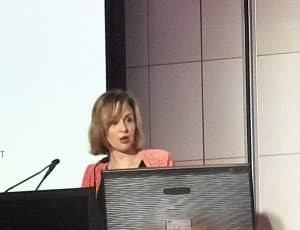 Earlier this week former chair of the Australian Government’s National Mental Health Commission, Allan Fels (pictured right) addressed a lunch hosted by the Committee for Economic Development of Australia. The topicality of his presentation stemmed from two major inquiries into mental health – one by the Federal Government and undertaken by the Productivity Commission (PC), the other is a Royal Commission from the Victorian Government. The breadth of the Terms of Reference (ToR) of the PC inquiry has generated a very broad level of interest across the social spectrum. The Royal Commission ToR are yet to be released.
Earlier this week former chair of the Australian Government’s National Mental Health Commission, Allan Fels (pictured right) addressed a lunch hosted by the Committee for Economic Development of Australia. The topicality of his presentation stemmed from two major inquiries into mental health – one by the Federal Government and undertaken by the Productivity Commission (PC), the other is a Royal Commission from the Victorian Government. The breadth of the Terms of Reference (ToR) of the PC inquiry has generated a very broad level of interest across the social spectrum. The Royal Commission ToR are yet to be released.
Fels acknowledged the role that workplaces have in addressing mental health

 The Australian Government has released the
The Australian Government has released the 

 Some organisations struggle to understand the prevention of harm. In September 2018 the Chartered Institute of Personnel and Development (CIPD) released its “
Some organisations struggle to understand the prevention of harm. In September 2018 the Chartered Institute of Personnel and Development (CIPD) released its “